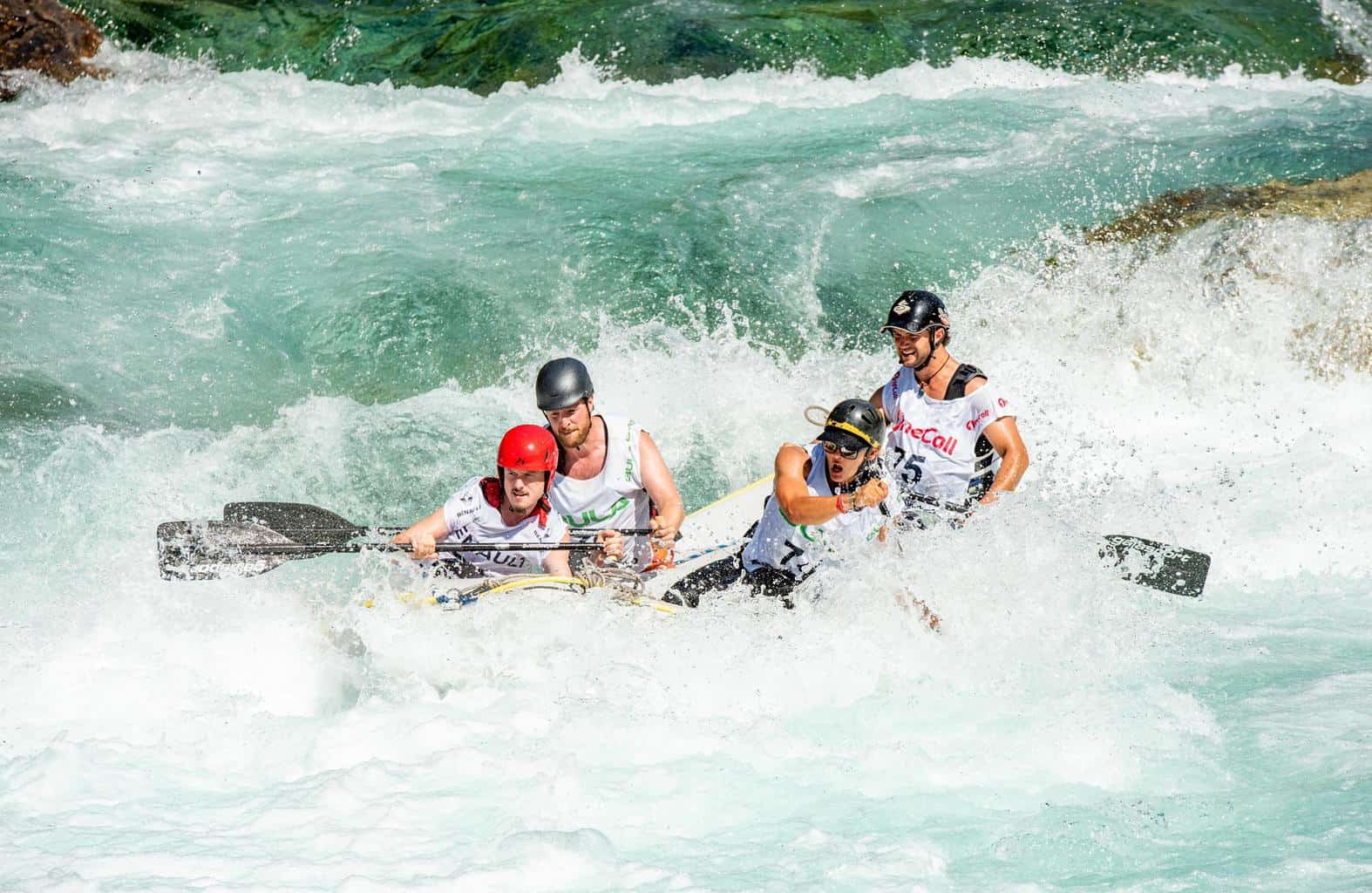Are you the type of person who enjoys pushing your mind and body to the limits?
Or, perhaps you crave the adrenaline rush that you get when your kayak hits fast-moving waters.
Kayaking is one watersport that lets you create your own experience. You can plan a leisurely trip around your local lake, or you can get seriously amped up as you maneuver your way through narrow passages and tumultuous rapids.
The earliest kayakers used their boats primarily for hunting and fishing. The Inuits loved the way that their kayaks allowed them to stealthily sneak up on the animals that they hunted.
Sometime around the mid-1800s, kayaking became a popular sport in Europe. Although no one really knows when the very first person decided to take kayaking to extreme levels, it is known that a man named Adolfe Anderle decided to kayak the Salzachofen Gorge in 1831.
His feat is often referred to as being the birth of what we know today as modern whitewater kayaking.
As you begin to explore the world of kayaking, you’ll discover that there are often times when a trip definitely counts as being extreme.
There are also many kayakers who actively seek out some of the fastest moving rivers in the world to test their limits.
- What Are the Different Kayaking Styles?
- When Does Kayaking Become an Extreme Sport?
- What is Whitewater?
- How Are Whitewater Areas Rated?
- Can Bodies of Water Change In Difficulty?
- Is Going Down a Waterfall Considered Extreme?
- How Do You Know If You Are Ready to Kayak in Rough Water?
- What Preparations Are Necessary for Kayaking In Extreme Conditions?
- How Do You Stay Safe While Extreme Kayaking?
- Conclusion
- You Might Also Like…
Disclosure: this post contains affiliate links (clearly marked with ), which means we may earn a commission if you buy something through them, at no additional cost to you.
What Are the Different Kayaking Styles?
Kayaking styles are based upon factors that affect your experience. For example, you can easily expect that kayaking in the ocean will be quite different from a quick paddle around a local pond.
Certain styles are known for being more extreme than others simply because of the obstacles and water conditions that you can expect to be exposed to during a trip.
Recreational Kayaking
This style of kayaking is what most people envision when they think about going out on the water for the first time. Most beginners start out kayaking recreationally, and it is easy enough that even children can do it.
Kayak fishing falls into the recreational category. Using a kayak can allow you to access some of the better fishing areas, and there is something relaxing about spending the day floating on the water catching your dinner.
Sea Kayaking
A sea kayak is longer and narrower than one designed for recreational use. This design allows for more speed on the water. They are also made to be better able to handle larger waves.
You will sometimes hear sea kayaking referred to as touring, which simply means taking longer trips.
People who kayak large bodies of water often spread their trips out over several days and hit the shoreline in the evening to camp.
Naturally, going out on a kayak in the ocean means that you can expect to encounter stronger currents, larger waves and higher tides than you would out on the lake.
Surf Kayaking
Going surfing in a kayak is exactly what it sounds like. Instead of using a normal surfboard, people enjoy catching waves from their kayak.
To enjoy this sport, you’ll want to use a sea kayak. You will also want to make sure that you have a strong sense of stability in your boat along with excellent swimming skills.
Surf kayaking comes with many of the same dangers as normal surfing. Getting caught in a strong current or being knocked out of your boat can lead to extremely risky situations.
Whitewater Kayaking
Here is where kayaking gets fast and furious. Whitewater kayaking is what most people consider an extreme version of the sport.
Kayaks that are meant for whitewater conditions are shorter and wider than other types. They are designed to be easy to maneuver in rapidly changing conditions along with easier to flip back over in case you capsize.
Most people start out whitewater kayaking on milder bodies of water before moving up to faster rapids.
When Does Kayaking Become an Extreme Sport?
Every body of water holds some degree of risk. After all, you can easily paddle out too far on a lake or get caught up in a strong current.
However, kayaking is generally considered to be an extreme sport once you enter water with high speeds, strong currents and major obstacles.
Whitewater kayaking tends to be the most popular extreme style, and you can bet that hitting certain rivers will test your mettle as a kayaker.
Some rivers have yet to be explored by kayakers. Kayaking through uncharted territory is another version of this extreme sport, and there are people who still search out opportunities to be the first person to go kayaking through an area.
Kayaking an exploratory river comes with the unique risk of not having any prior knowledge of the dangers involved. Without other people’s experiences, you are left completely on your own to discover things such as major obstacles and hidden currents.
What is Whitewater?
Streams and rivers often have areas where the water runs faster than in other parts. These areas of fast-moving water are called rapids.
The turbulence generated within the rapids can cause air to get trapped in the water. This creates a frothy, white appearance to the water that led to these areas being referred to as whitewater.
Extreme kayakers love whitewater for the choppy waves that require them to use their advanced skills to avoid capsizing.
How Are Whitewater Areas Rated?
The International Scale of River Difficulty was created by the American Whitewater Association to provide a general idea of how challenging certain rivers are for watersports.
This scale is American-based, although it does include ratings of rivers all over the world.
A different scale was also created by the International Canoe Federation. This scale is used internationally and differs slightly from the American scale.
The International Scale of River Difficulty includes five different classifications that are based upon factors such as the speed of the water along with potential obstructions.
Class 1 – Easy
Fast moving water that may have small waves. If there are any obstructions, they are considered to be easily avoided.
Most people can swim in this water with very little risk of experiencing an injury. Kayakers should be able to self-rescue if they fall out of their boat.
Class 2 – Novice
These rivers have medium waves with zero to very few obstacles. Any rocks and larger waves should be easily avoided by novice kayakers.
At this level, injuries and the need for assistance are rare. However, you should know that rivers at the higher end of this level can be more difficult to navigate.
Class 3 – Intermediate
Waves on a Class 3 river tend to be more irregular and unpredictable. You might be merrily paddling through minor waves and suddenly hit with a big one.
This level is still considered to be fairly low risk provided that you are comfortable performing complex maneuvers in fast currents.
Class 4 – Advanced
These rapids are intense but still predictable. You’ll want to have a firm grasp on performing an eddy turn to be able to quickly get to a point where you can rest or scout upcoming rapids.
Kayaking instructors will most likely recommend that you have a strong roll before you tackle a class 4 river.
Class 5 – Expert
These rivers have lengthy periods of strong rapids between pools that require high stamina and strength to make it through.
There are also complex chutes and drops that expose you to more hazards. Eddies may be hard-to-find or still quite turbulent.
If you do get into a pinch, rescues are considered extremely difficult, even when experts are involved.
Class 6 – Extreme and Exploratory Rapids
Most people will not reach the level where they are safe venturing into class 6 territory.
These rapids are intense, unpredictable and quite likely unexplored. Only advanced daredevils who have mastered many of the toughest rivers should try these rapids.
This level also comes with the serious understanding that rescues are likely to be impossible given the extreme conditions.
Can Bodies of Water Change In Difficulty?
The classification system serves as a helpful guide that can give some insight into what types of conditions you’ll face on the water. However, it is not foolproof.
Rivers, like any other natural environment, can change in an instant. Seasonal rainfall can dramatically alter the water levels.
Rock slides, downed trees and other debris can generate new rapids where ones were not there before. Large boulders and trees also serve as obstacles that you might not be prepared for if they recently fell.
Bad weather can also change the river in an instant. Floods upstream can turn a normally mild river into a raging one that is filled with rapids and strong currents.
Always take a rating or classification with a grain of salt. If possible, read forum posts of people’s recent travels, or speak with a local guide who can fill you in on the most recent conditions.
Is Going Down a Waterfall Considered Extreme?
Kayaking over a waterfall comes with the risk of being crushed beneath the water at the bottom. Rivers with large waterfalls also tend to run fast and with high waves at the base.
Going over a large waterfall can cause you to be thrown from your kayak or plunged deep below the water.
Tyler Bradt currently holds the world record for going over the highest waterfall. He kayaked Palouse Falls, which sits at 189 feet. The majority of kayakers avoid waterfalls that are over 100 feet high.
Small waterfalls can be traversed by kayakers with intermediate level skills. Larger ones should only be attempted once you are confident in your ability to successfully maneuver over smaller ones.
How Do You Know If You Are Ready to Kayak in Rough Water?
The best way to avoid injuries when whitewater or sea kayaking is to work your way up to the different levels.
Start by perfecting your most basic skills. Being able to recover from a capsize or balance your boat on smaller waves means that you are ready to try out slightly rougher waters.
Kayaking in rough water is a skill that grows with each new experience. Kayak often and make sure to continue to strengthen your body while you are on land.
Training when you are off of the water helps you to maintain the strength and stamina that you need to make it down the roaring rapids.
Taking a guided tour is another option that gives you feedback from a qualified instructor. If you are seeking to advance your skills in extreme kayaking, then look for small group tours that allow for better observations from the instructor.
You might also seek out a mentor that you can kayak with one-on-one. Learning from an advanced kayaker gives you the opportunity to benefit from their experiences on specific rivers.
What Preparations Are Necessary for Kayaking In Extreme Conditions?
It goes without saying, but is always worth mentioning, that you need to wear your personal flotation device.
PFDs are your number one best defense against being unable to make it to the surface of the water in a major accident.
Helmets may not be required if you are just spending the day on an obstacle-free lake, but you’ll definitely want to wear one in fast-moving rapids.
A quality helmet that is designed for whitewater kayaking protects your head from injuries if you get slammed into a rock or other hard items in the river.
You’ll also need some other gear depending upon where you go kayaking.
On a whitewater or sea kayaking trip, you are going to get wet. Carry any items that you don’t want soaked in a dry bag that is tethered to your boat.
You’ll also want to wear waterproof and wind-resistant clothing in cold climates.
Extreme kayaking means that you could get hurt. Make sure to carry location signaling devices, a whistle and a light source that you can use to alert people if you are in need of a rescue.
How Do You Stay Safe While Extreme Kayaking?
Preparedness goes a long way towards keeping you safe. Extreme kayaking should not be done alone.
Plan to go kayaking with a friend, and consider arranging for a spotter on land if you are going on an exploratory trip or are attempting a major challenge.
It is also important to be honest about your abilities. Trying to paddle through rougher water than you are ready for can easily get you way too far in over your head.
Start simple and small. It might not be the most exciting way to begin your adventure as an extreme kayaker, but it is the safest.
Protecting yourself from injuries also means that you can look forward to many years of traveling down increasingly more challenging bodies of water.
Conclusion
Is kayaking an extreme sport?
The answer to this question lies within your risk tolerance. Going kayaking with your family might not fall into the extreme category, but hitting a whitewater river absolutely does.
There is also something to be said for exploring your boundaries as you develop your paddling skills. With great effort often comes some of the biggest rewards.
Feeling your heart beating faster as you head towards a waterfall or experiencing the thrill of conquering a challenging route only happens with you choose to step out of your comfort zone.
As always, remember to research your route and stay safe. Even a leisurely trip could turn extreme in an instant.
You Might Also Like…
-
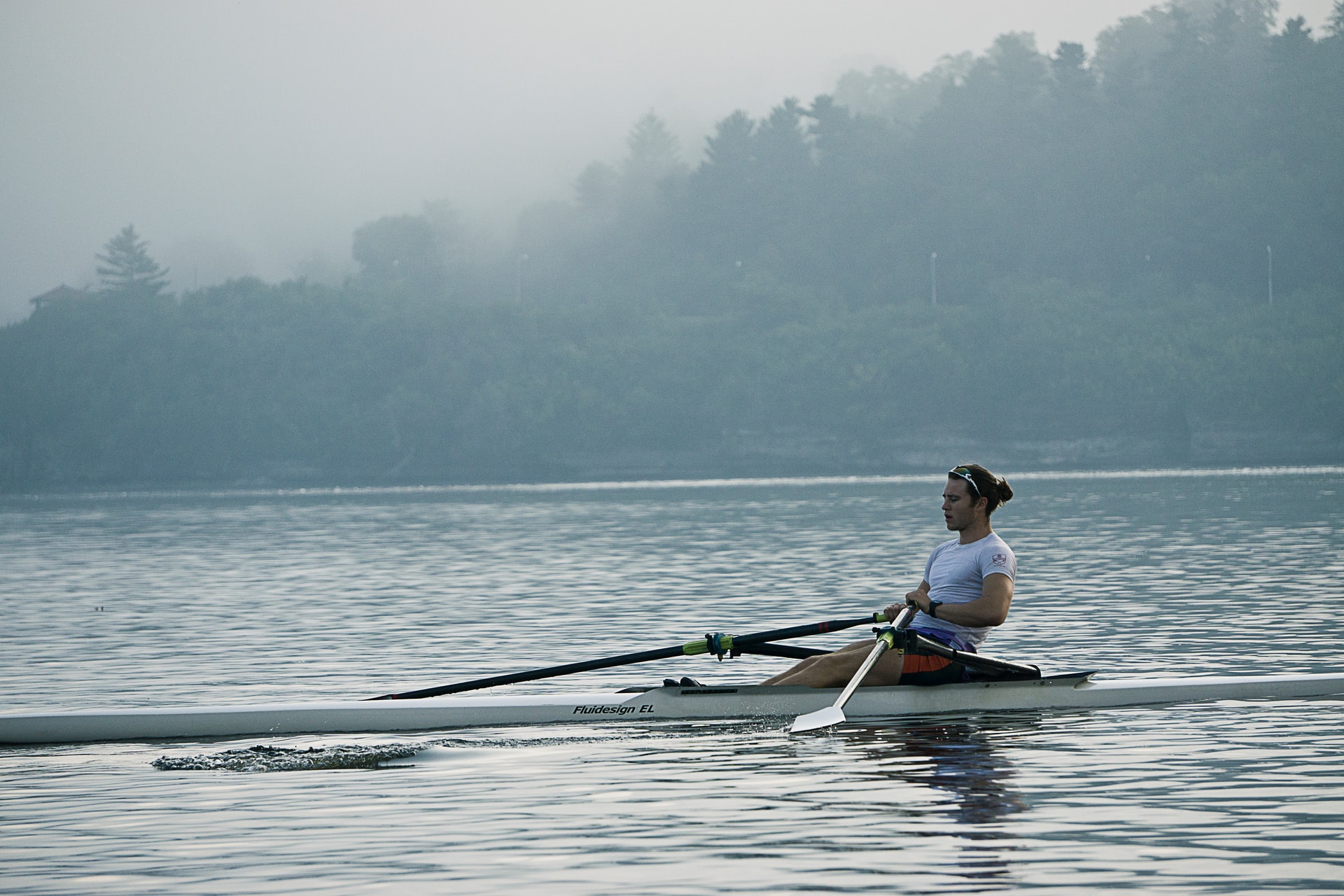
Kayaking Vs. Rowing: What’s the Difference? (8 Key Differences)
-
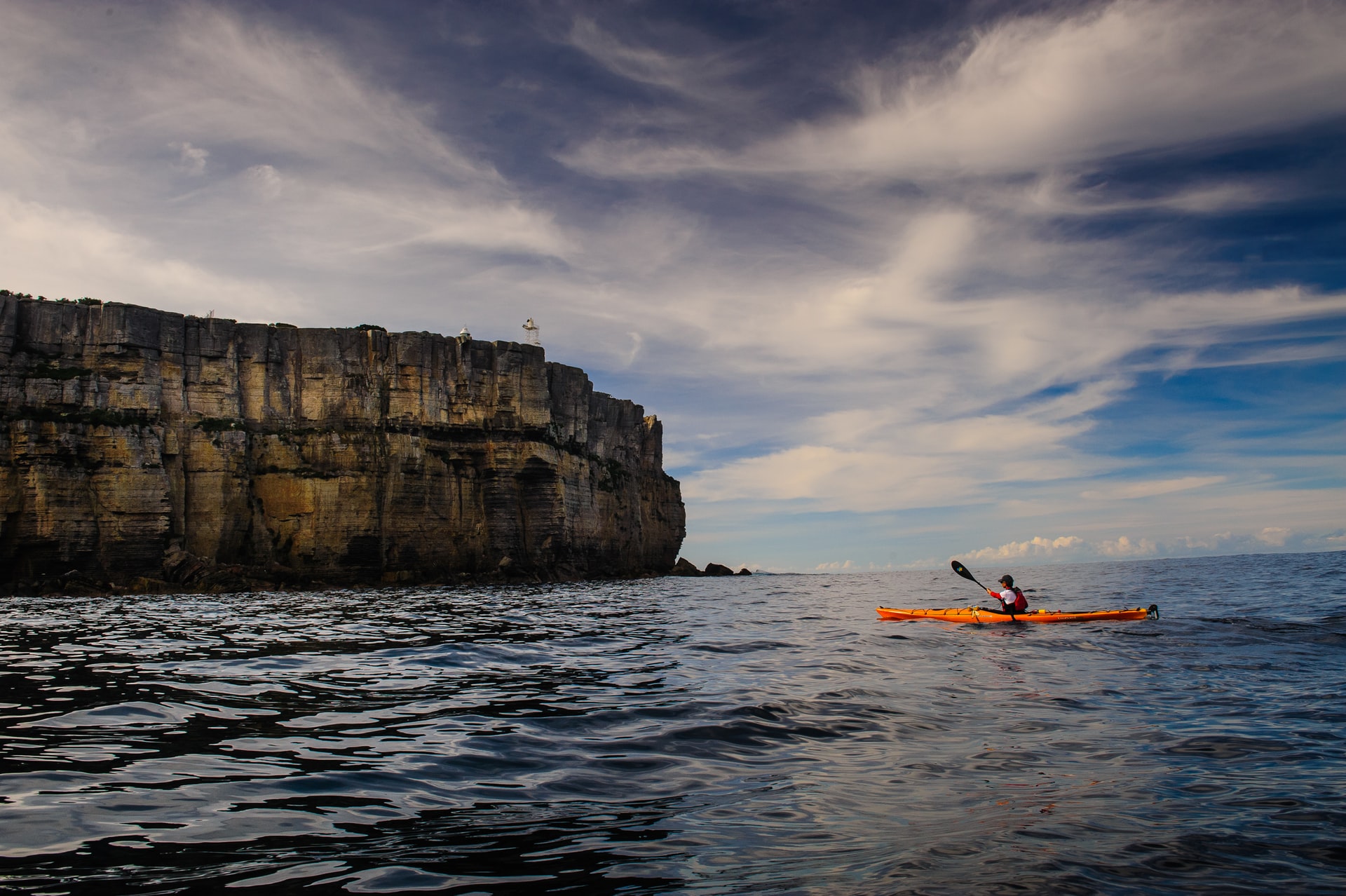
When Is It Too Windy for Kayaking? (Crucial Facts You Should Know)
-
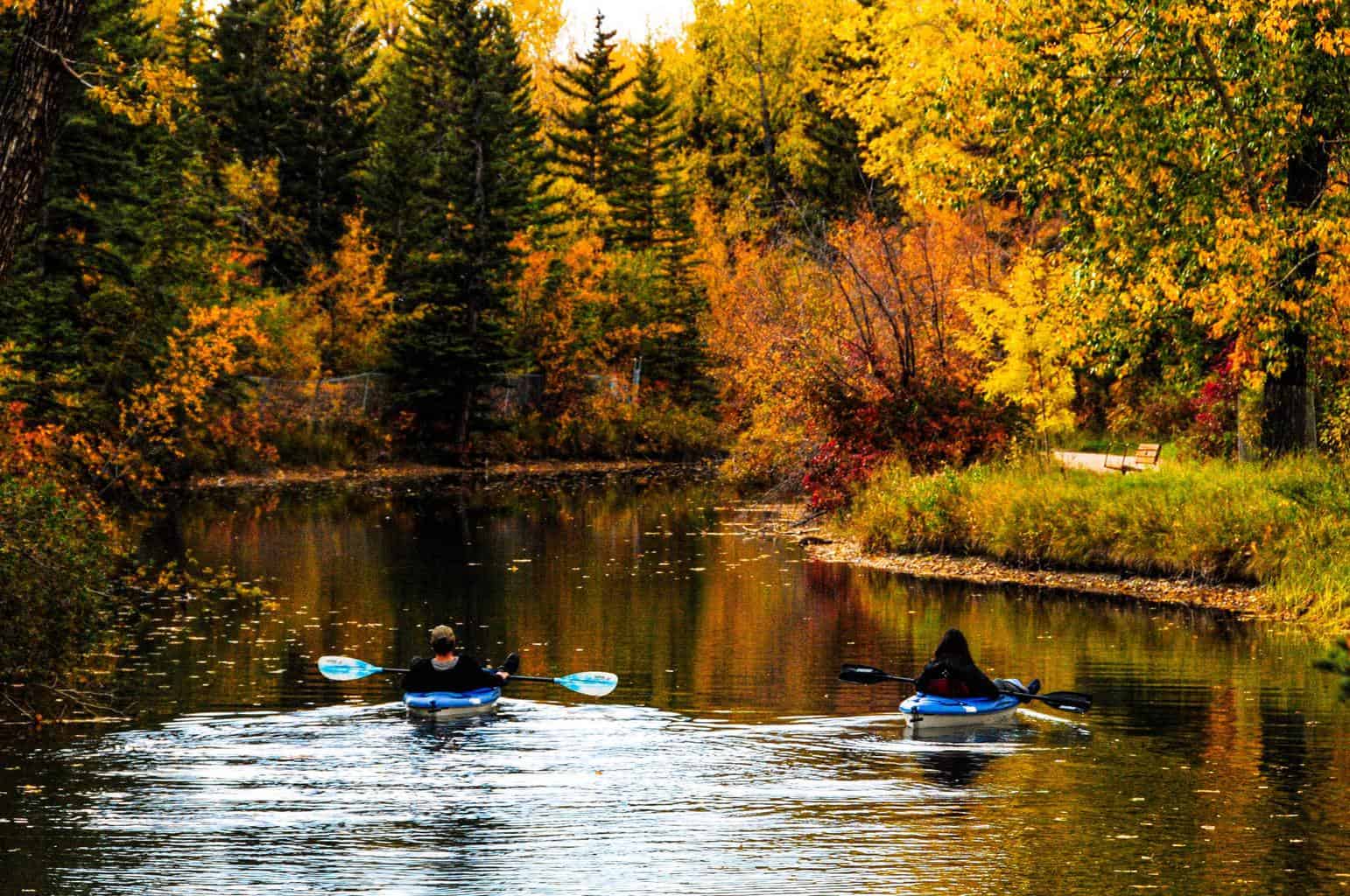
When to Go Kayaking? (What Every Kayaker Should Know)
-
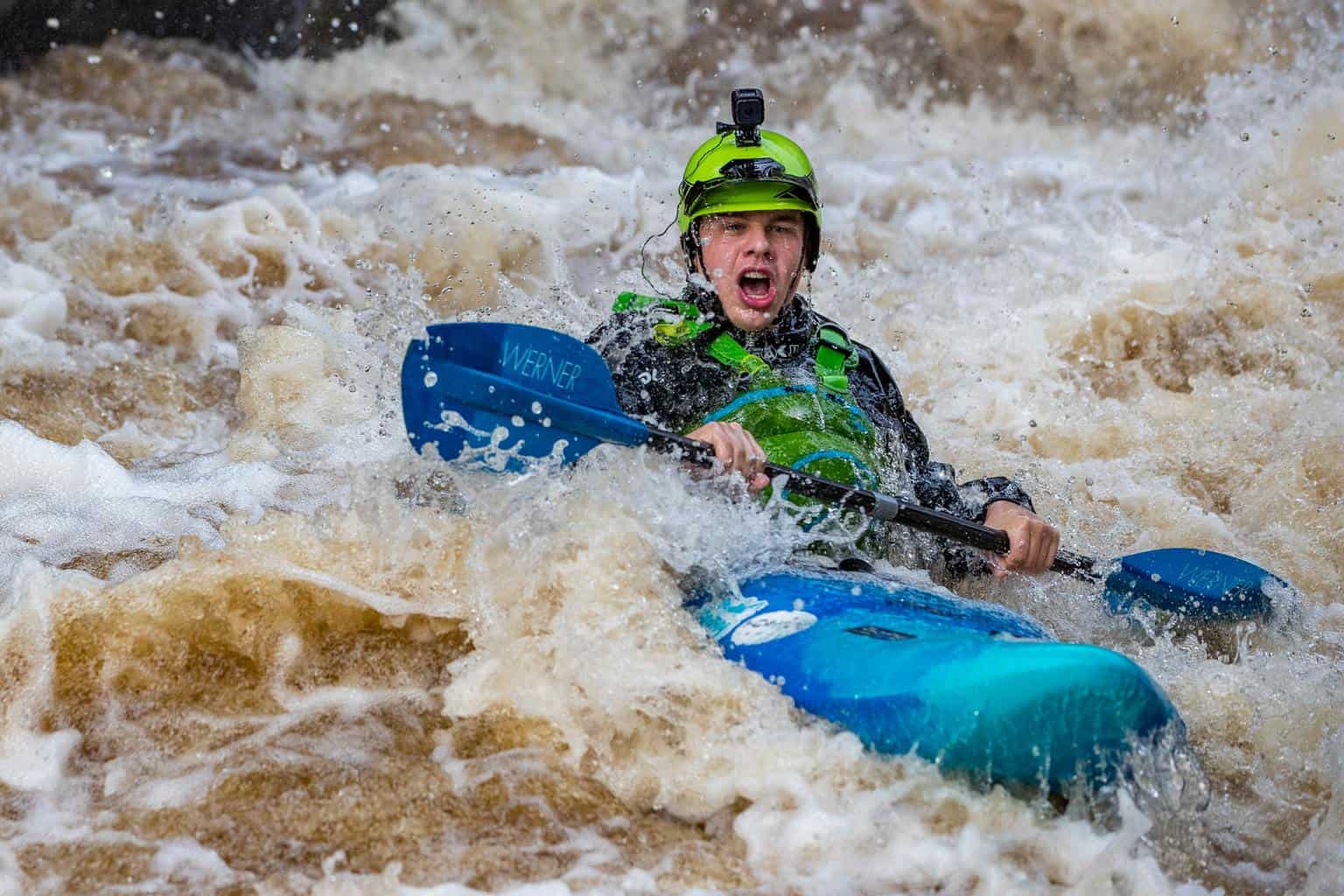
Will I Get Wet Kayaking? (Common Reasons & How to Stay Dry)
-
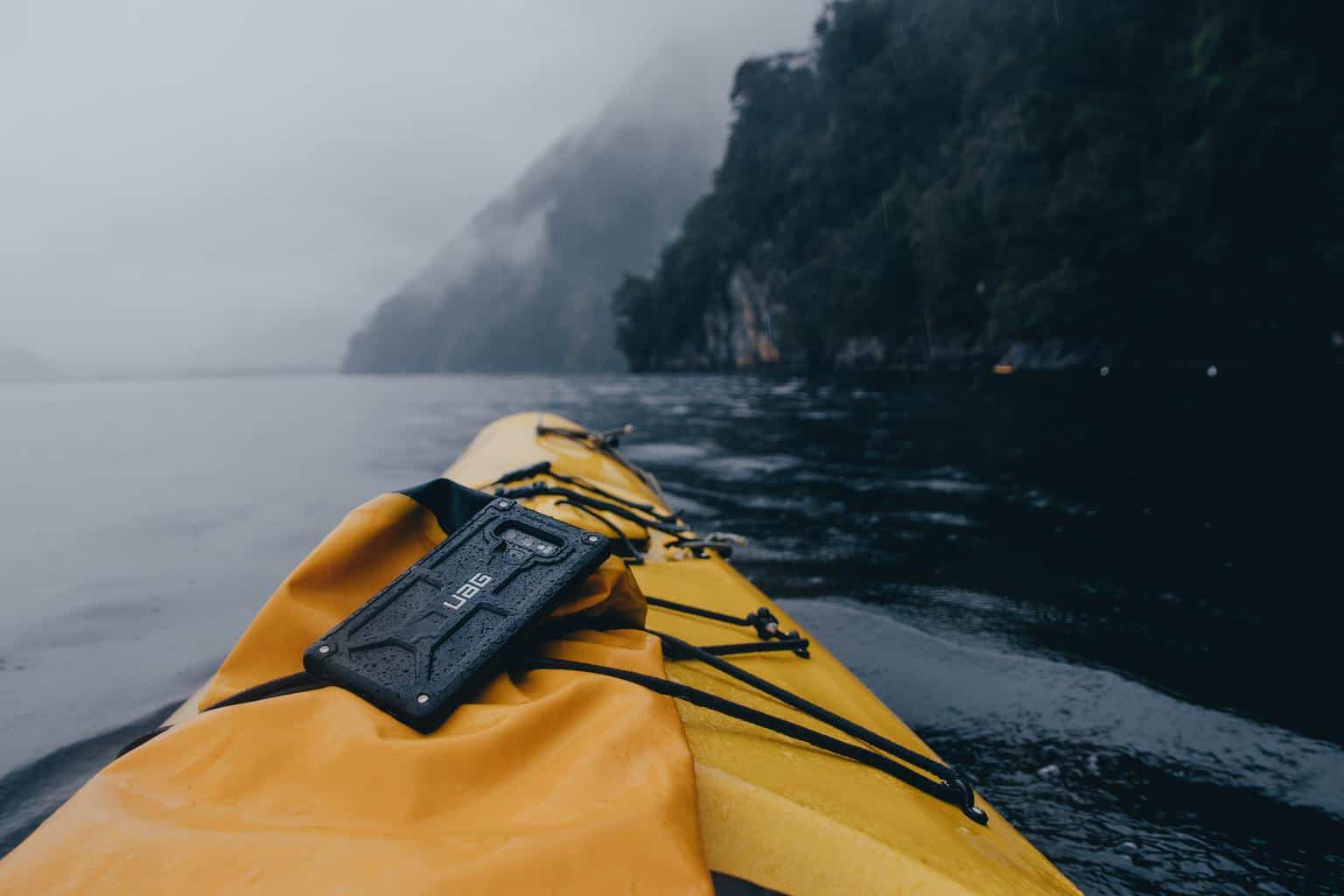
Should I Bring My Phone Kayaking? (7 Good Reasons)
-
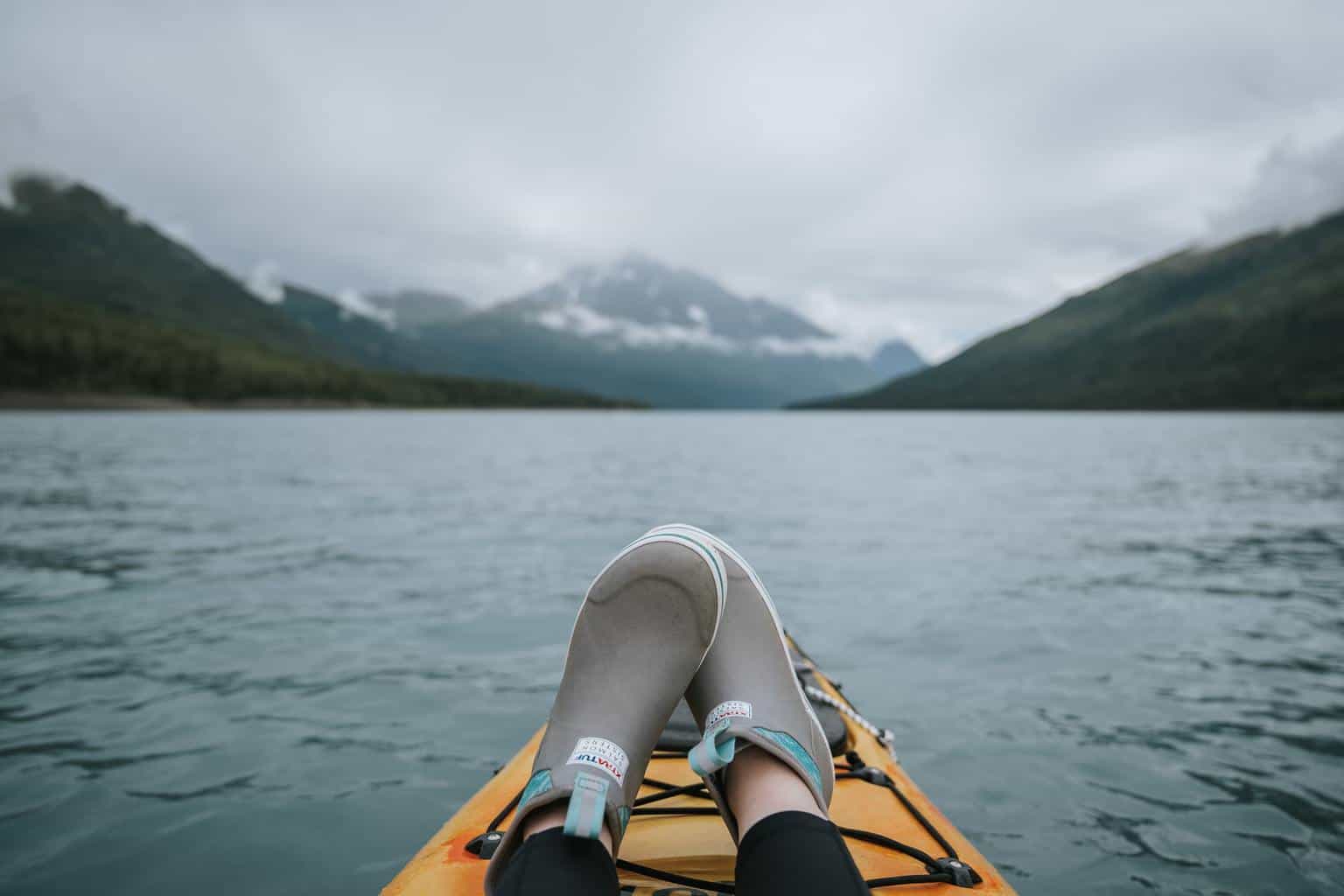
What Shoes to Wear Kayaking? (+ the Best Shoes for Your Needs)
-
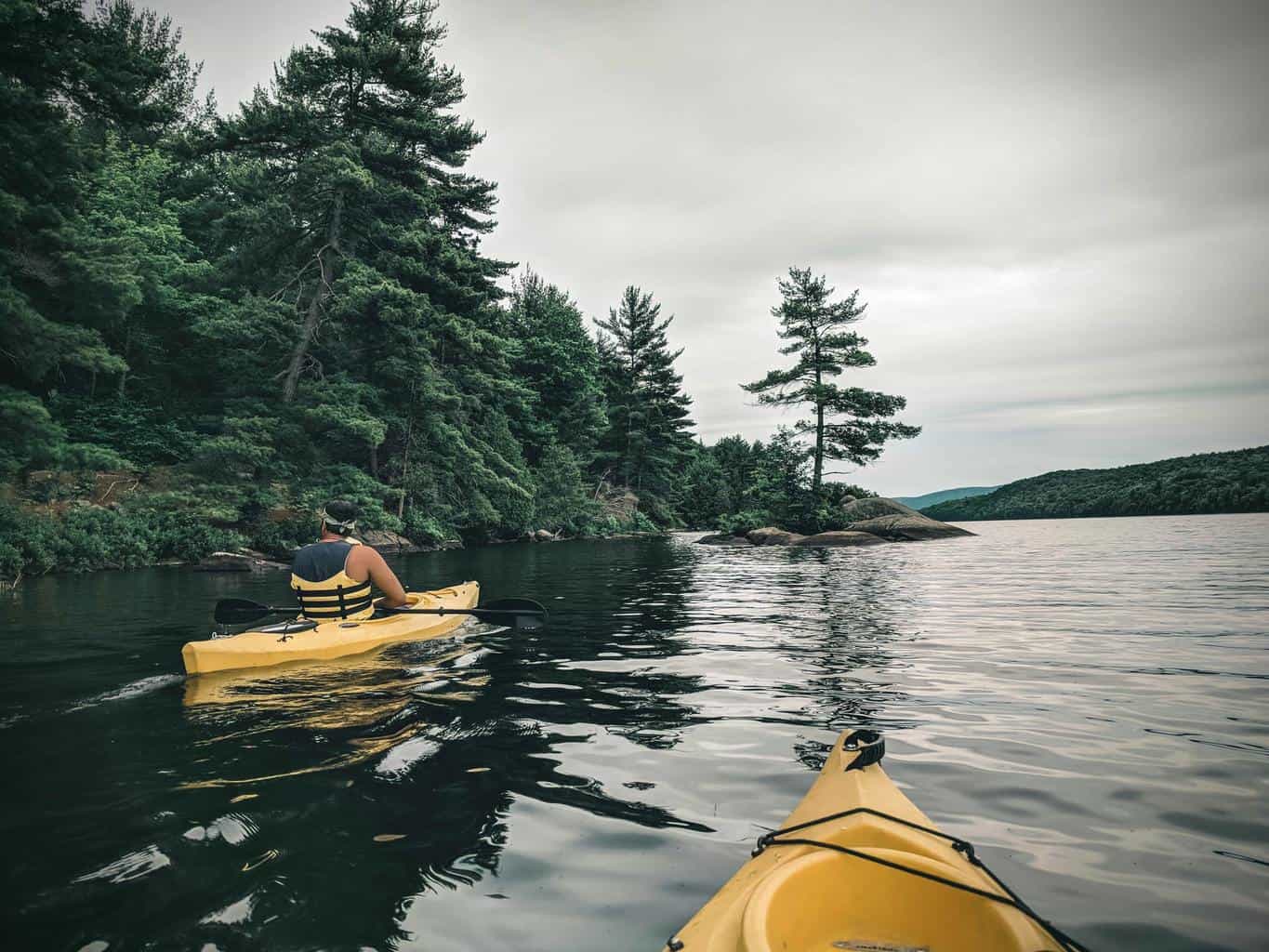
Can Kayaking Cause Chest Pain? (What Every Kayaker Should Know)
-
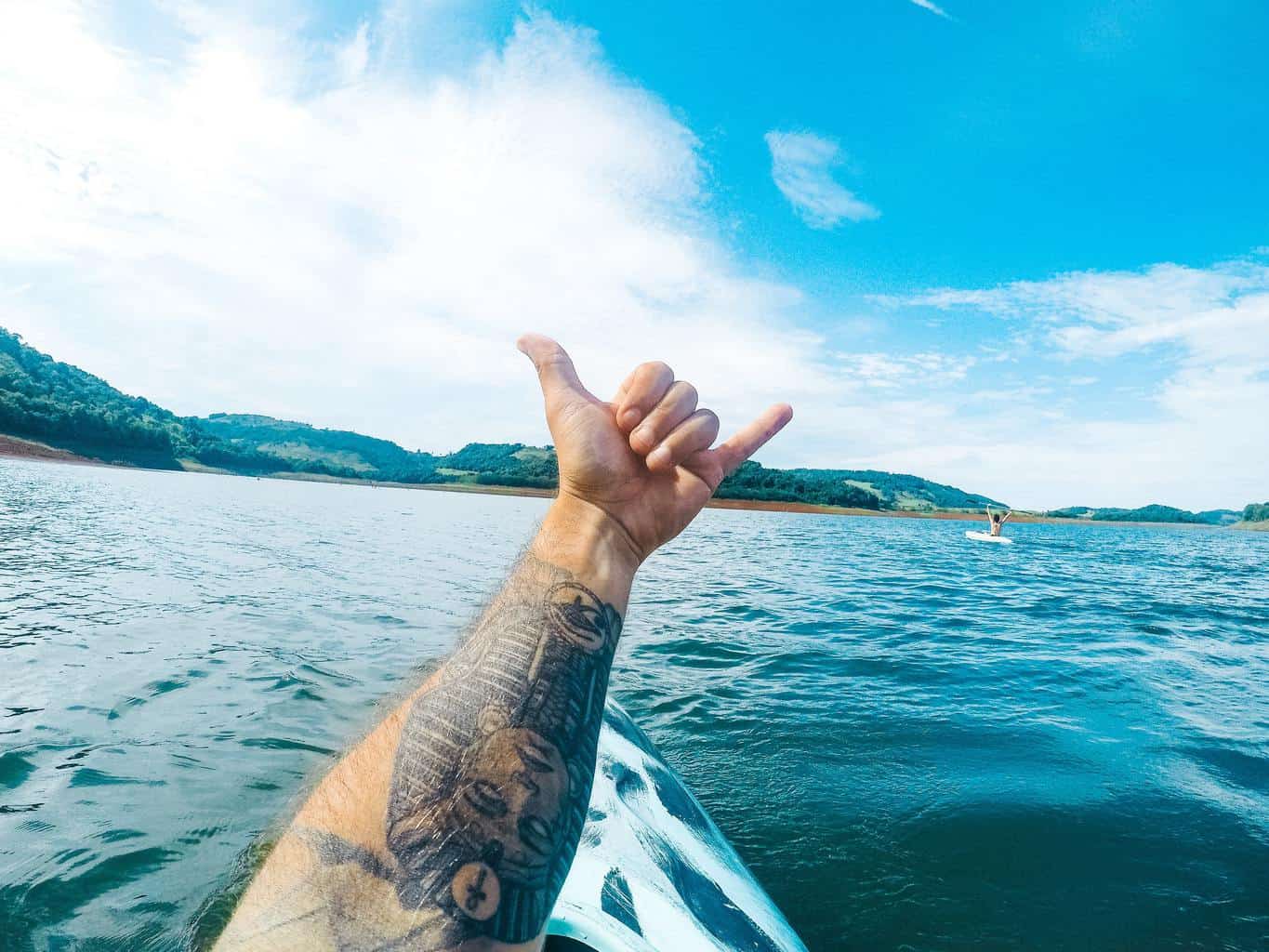
Can I Go Kayaking With a New Tattoo? (Facts You Should Know)
-
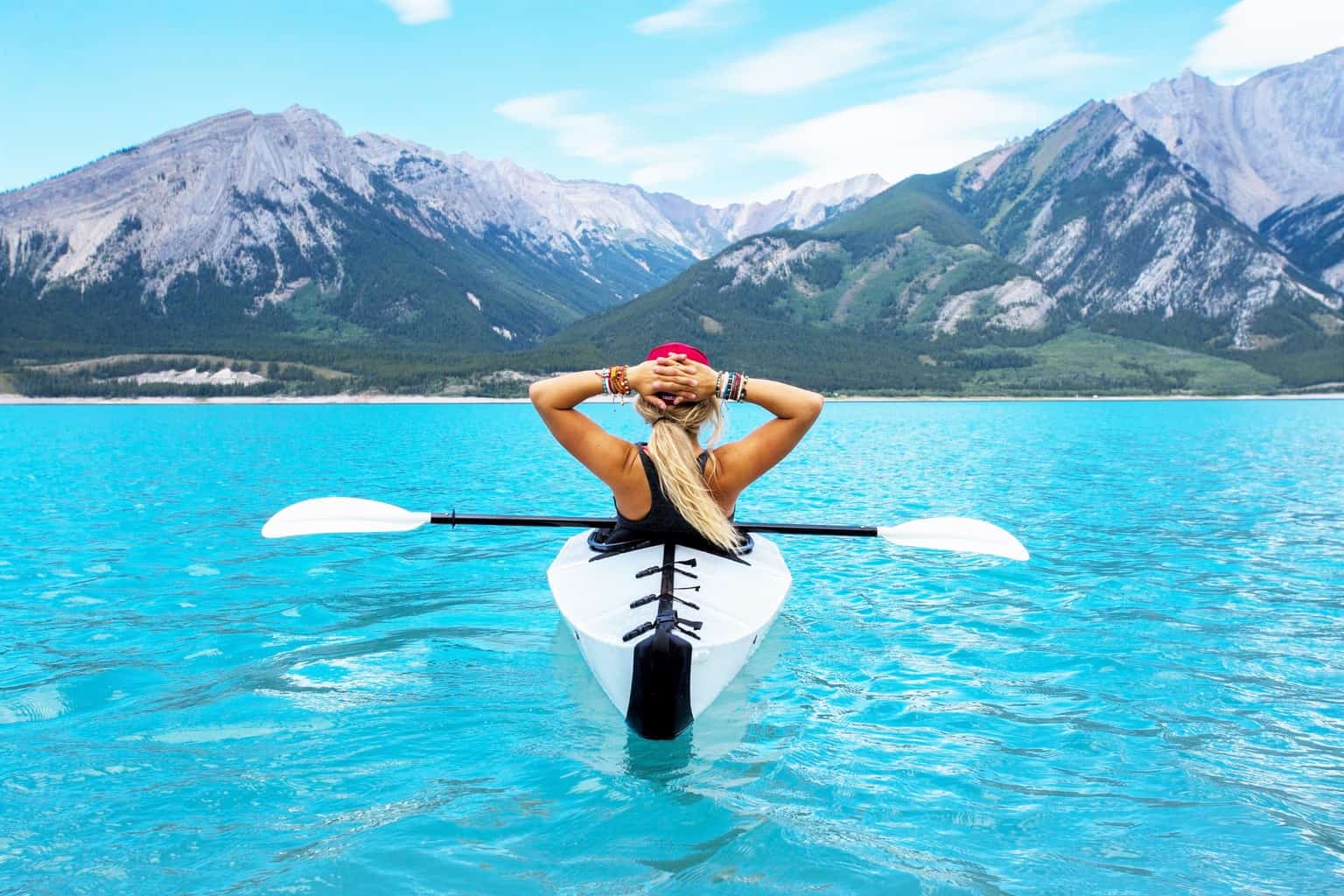
Can You Go Kayaking On Your Period? (+Practical Tips)
-
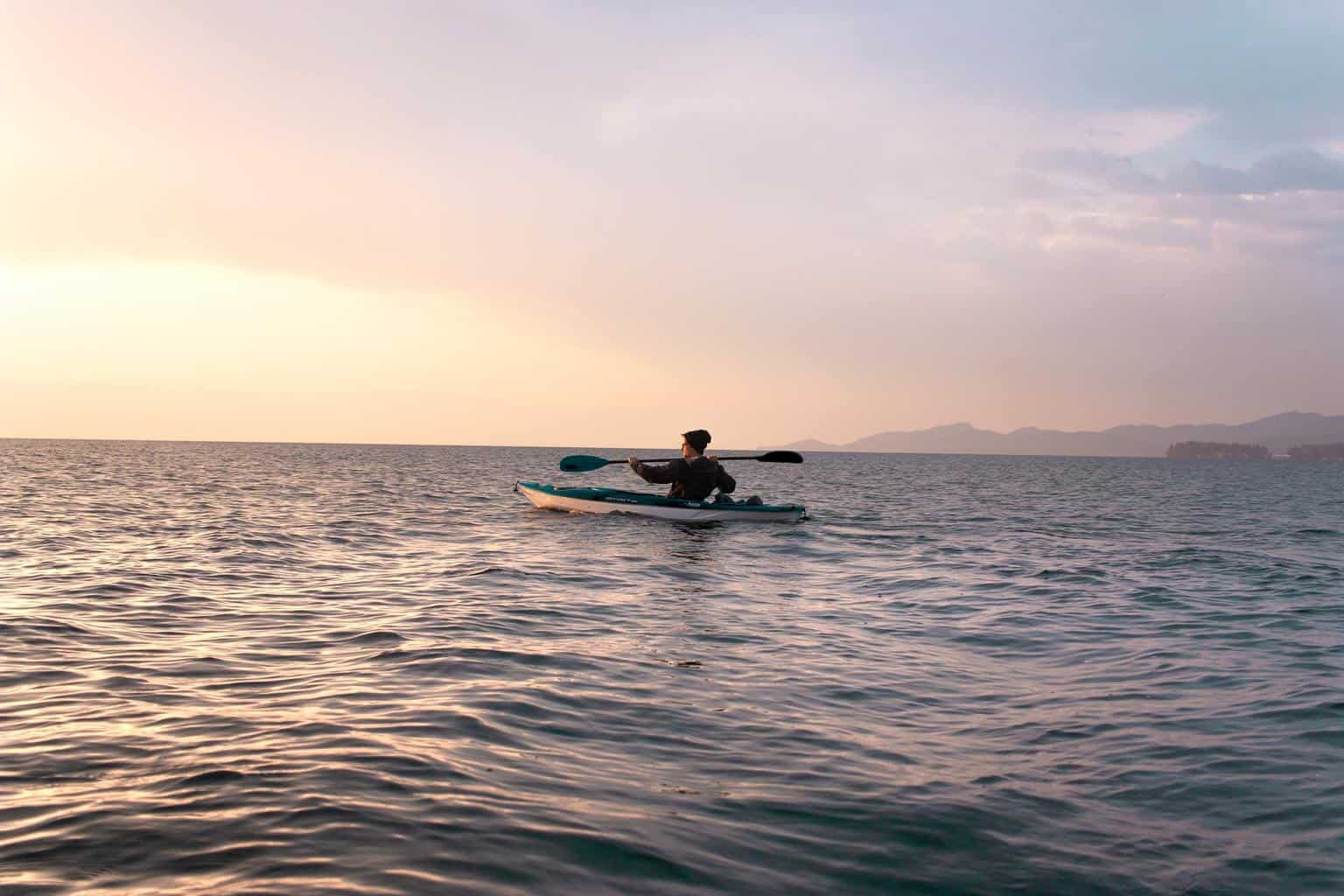
Can Kayaking Cause Hemorrhoids? (What Every Kayaker Should Know)
-
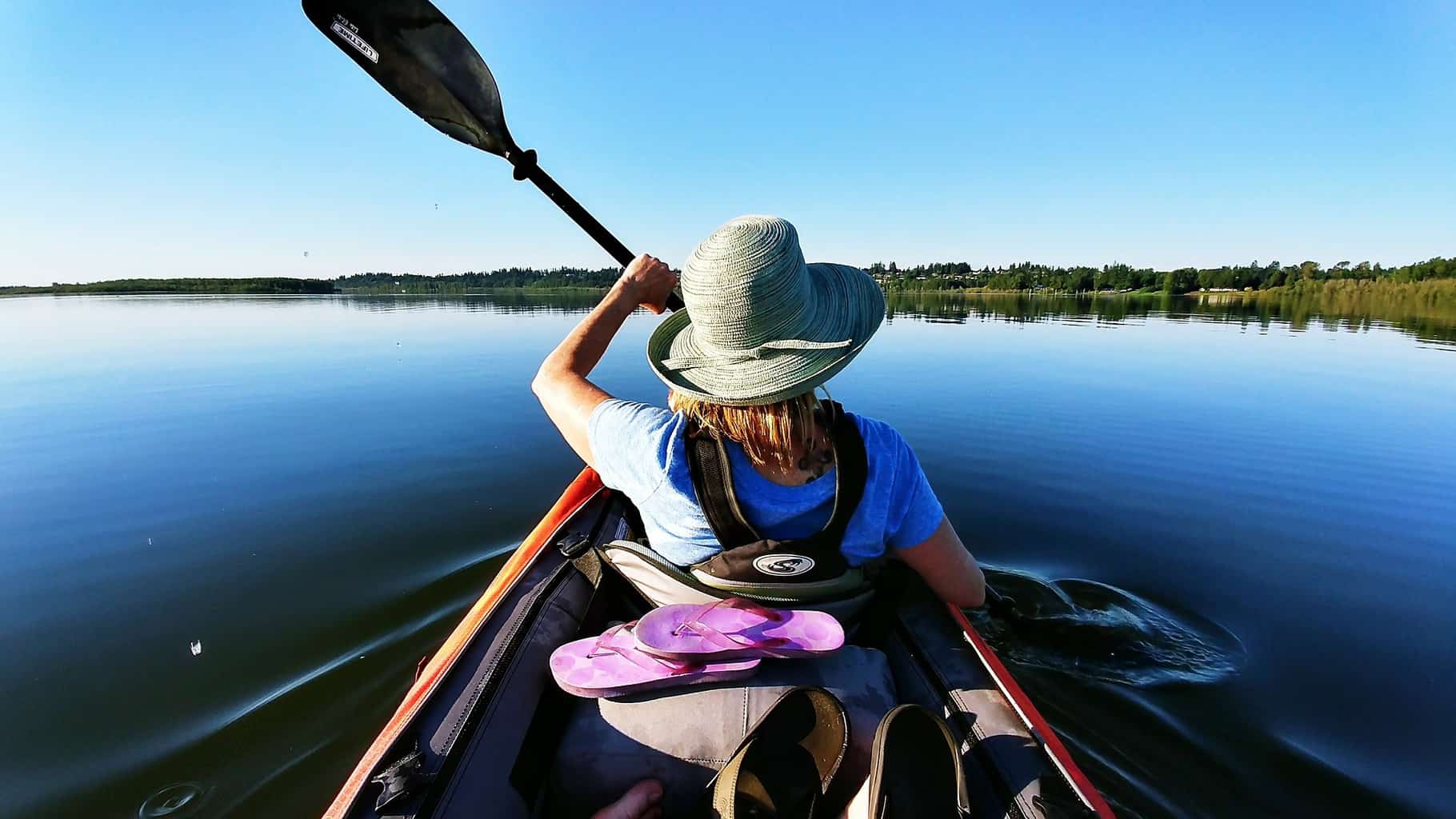
Can Kayaking Cause Tennis Elbow? (+8 Simple Tips to Avoid It)
-
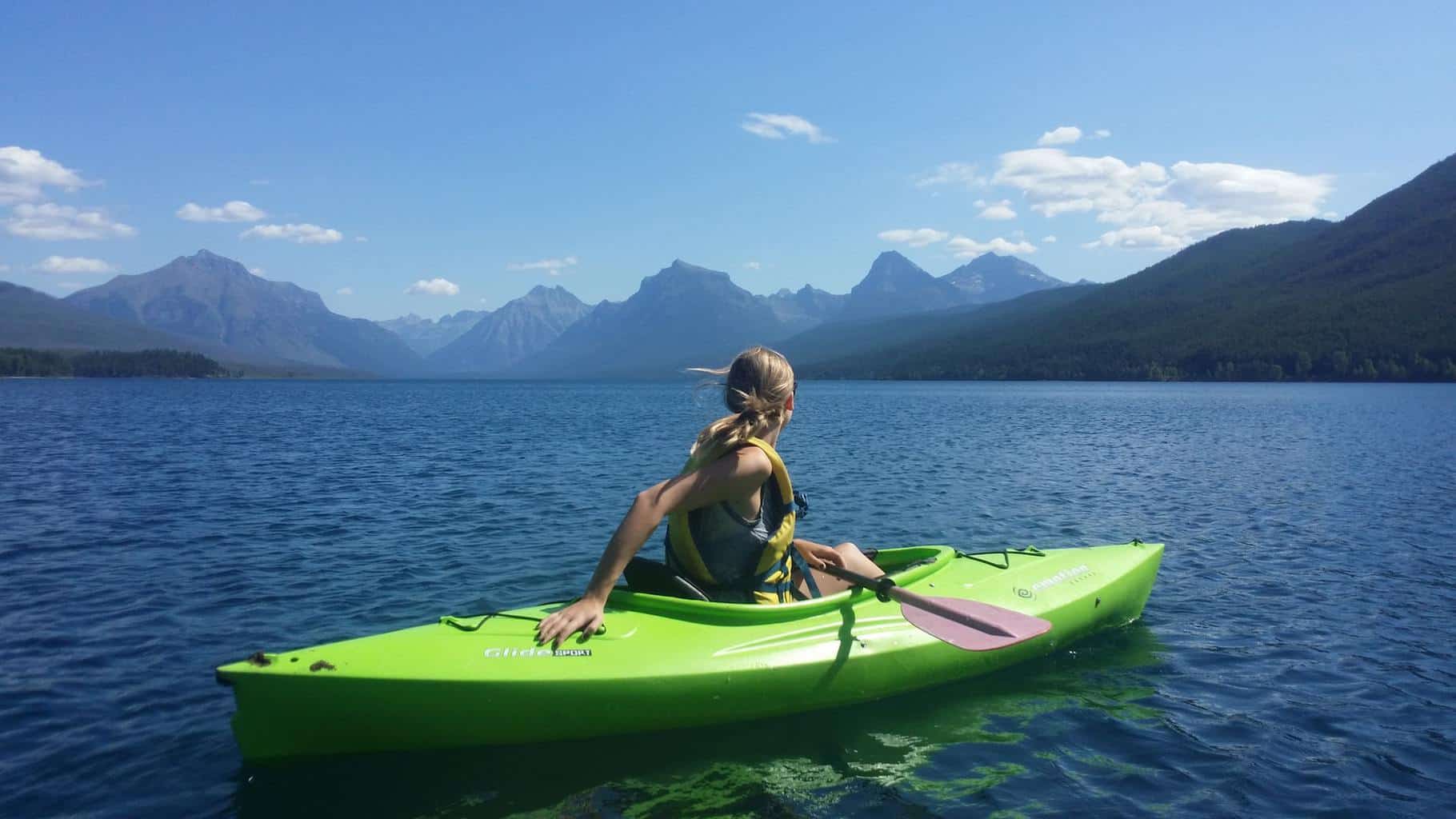
Can Kayaking Cause Sciatica? (+7 Tips to Avoid It)

